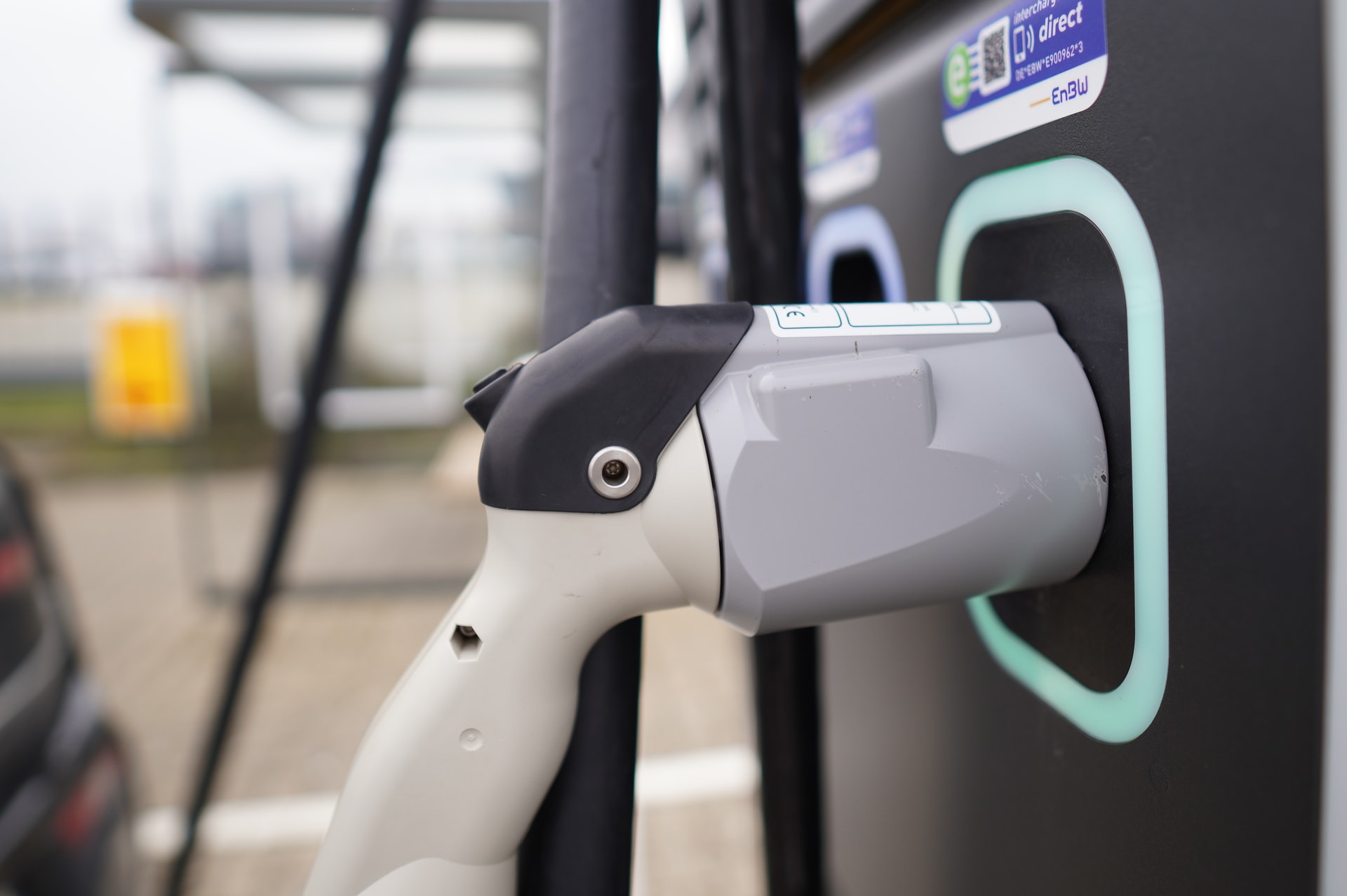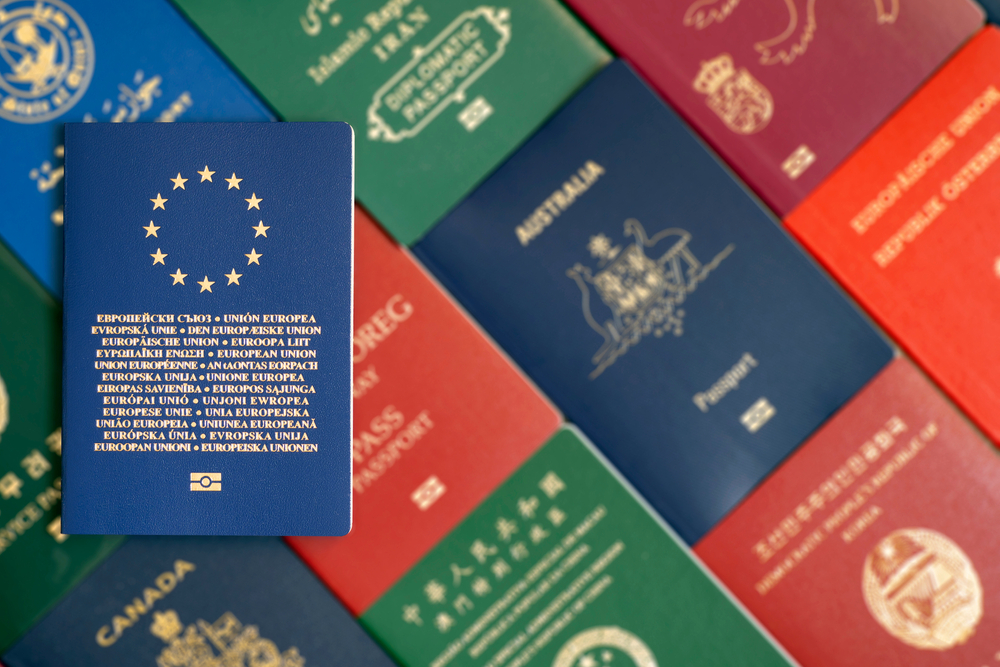Reading Time: 2 minutes
- Speed limits in most countries are set and modified by government authorities, based on statistical data and public opinion.
- The statistical data plays a major role and it includes analysis of various factors* for the road/street for which the speed limit is being evaluated.
- Factor 1: Type of road – Whether it is an arterial road (highway, interstate), collector road (main roads that receive traffic from both arterial roads and local streets), or a street, etc.
- Factor 2: Daily Traffic – Average daily traffic and mix of the traffic (whether it gets trucks, cyclists, pedestrians, etc.).
- Factor 3: Roadside development – e.g., roads that have shopping stores around them will have lower speed limits than ones with open arms.
- Factor 4: Road characteristics – Lane width, sight distance (on roads that are not leveled drivers can’t see far and, thus, speed limits are lower), clear zone or not (whether people stop or park on the road), number of roads from which people can access that road.
- Factor 5: Speed surveys – once the basic review of the road is complete, the traffic engineers conduct speed surveys.
- For speed surveys, engineers use technology to determine how fast motorists drive on certain roads when there are no limitations.
- Once this data has been collected, the engineers remove the speed of the fastest 15% drivers and set the speed limit at the 85th-percentile, after rounding it offIf the 85th percentile speed came to 83kmph, authorities change it to 85 kmph, for example. to a multiple of 5.
- The idea is to set a limit at a speed where an average driver feels comfortable traveling because that is an indication of what the road can accommodate.
- Speed surveys are usually done on arterial roads, and collector roads.
- Streets that run through school zones, residential areas, or businesses are usually given standard speed limits (much lower than what drivers may drive at if left to their liking, as the risks are high).
- For the public opinion, there are online portals or mailing addresses that are provided by traffic authorities, where people can formally request the review of existing speed limits.
- But limits based on public requests are changed only after conducting physical inspections of the site, crash profile analysis of the road (number & kind of accidents – who was involved, day of the time, conditions, alcohol, road work was on or not), and speed surveys, etc.
* The factors have been listed to give an overview. Various other factors may also be considered by authorities.
Also read:
Why Sweden has so few road accidents?
Image courtesy of Joshua Hoehne through Unsplash






















